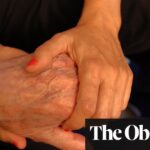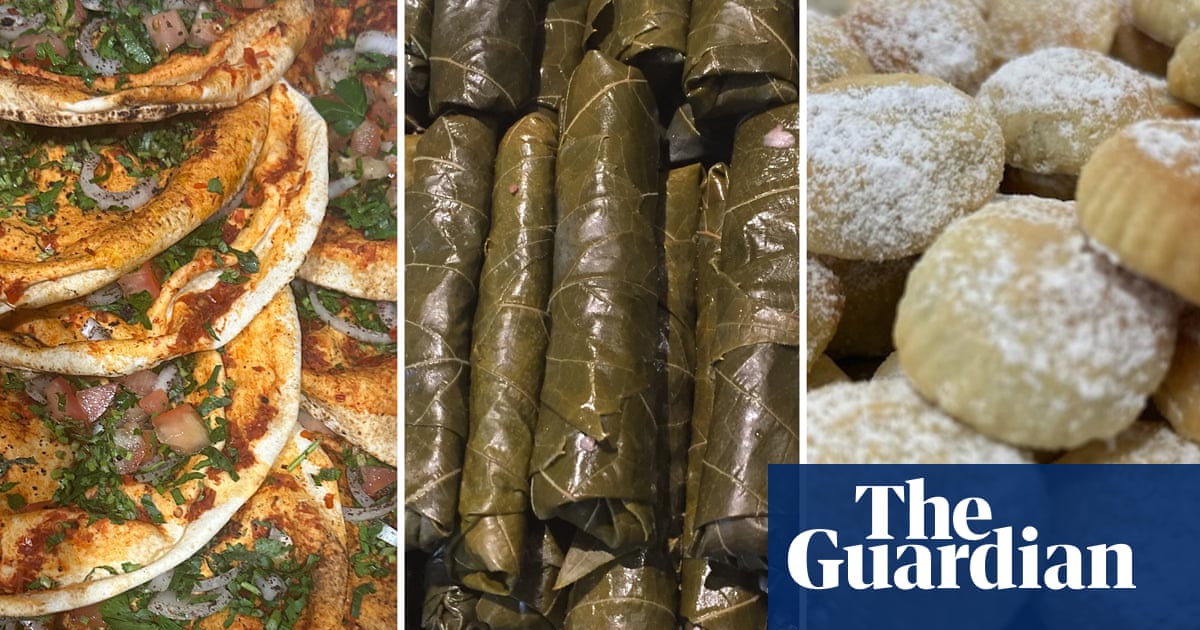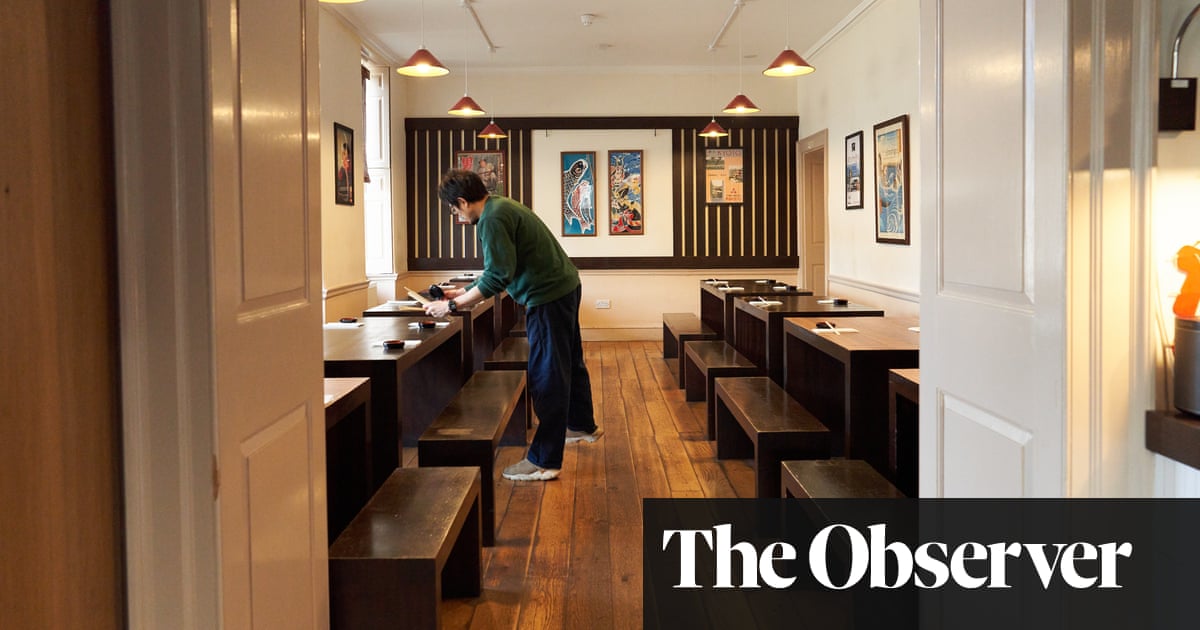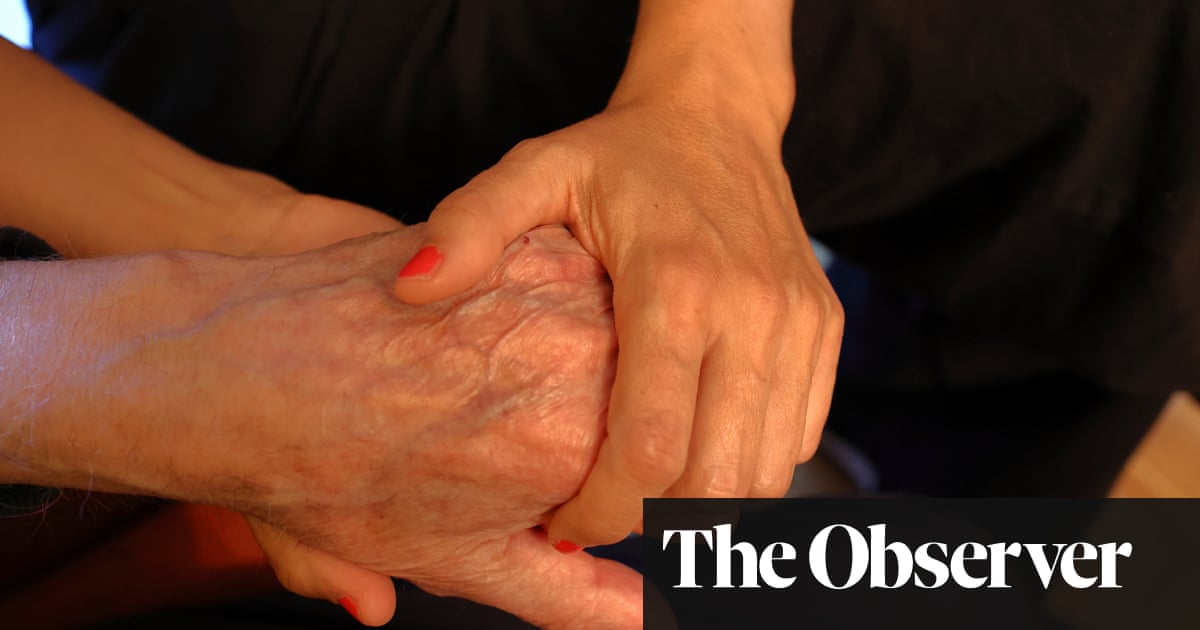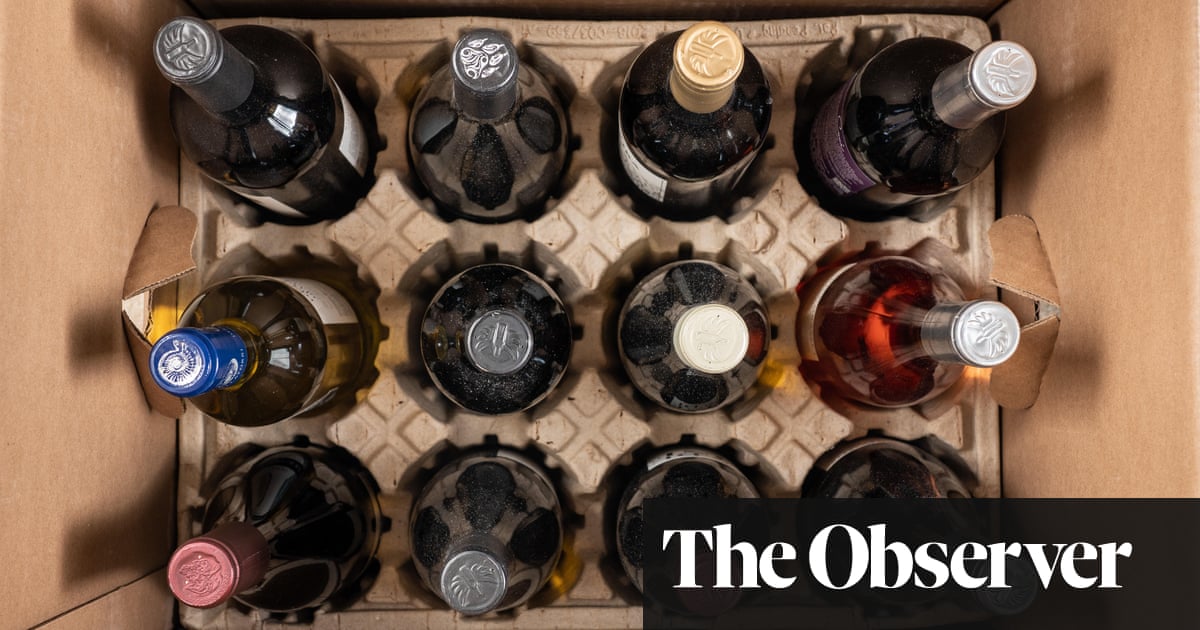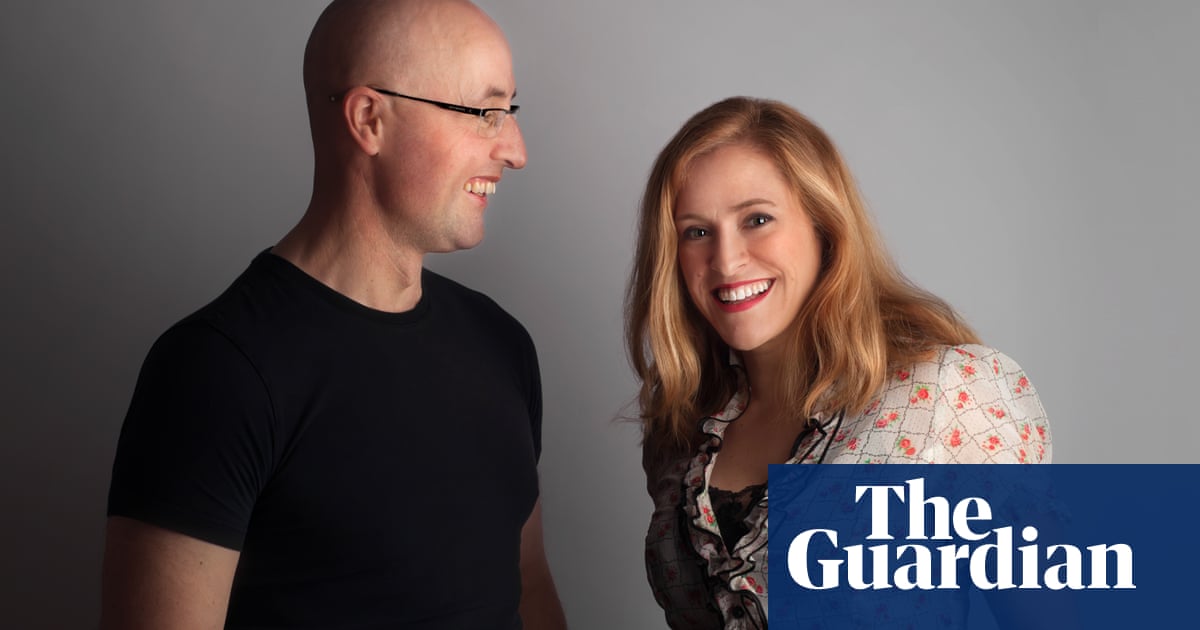Eid al-Fitr marks the end of Ramadan, taking place on 30 March or 31 March, depending on the sighting of the new moon. It’s the end of a spiritual month and Muslims around the world share many Eid customs, including seeing family, preparing food and wearing new clothes.
Celebrating traditions from Palestine, Syria, Lebanon and Algeria, five Australia-based chefs share what they will be cooking this Eid.
Algerian couscous
Sanah Djebli, co-owner of Sydney’s Café Tanja
During Eid, we usually have breakfast then visit my grandmother who would have been awake for hours preparing couscous. It’s a long process – the semolina is steamed, spread with butter or ghee and mixed by hand, then steamed again. The secret is to never let it touch the water. At the end, the whole house smells like buttery steam.
We serve it topped with slow-cooked vegetables and a spiced tomato-based sauce that’s common in Algeria.
There’s no written down recipe for anything. But that’s the beauty of it: to learn to make it, you have to spend time with your family.
Ma’amoul (semolina cookies filled with dates)
Sarah Shaweesh, owner of now-closed Khamsa Cafe in Sydney
Each day when we break our fast during Ramadan, I cook small dishes, catering for my guests’ cravings. Eid is different – we celebrate around food all day. A substantial meal is mansaf, Palestinian whole lamb with rice, but I get most excited about ma’amoul, a cookie filled with dates, walnuts or pistachios. They taste like heaven.
In the morning, we wear new clothes, go to prayer and afterwards go visiting from house to house, starting with the eldest family member. Everywhere we go we eat ma’amoul.
When I was a kid I wasn’t allowed to help with ma’amoul but, because I love to cook, eventually I was taught everything. The biscuits are made from semolina dough, flattened into discs and folded around mixtures of pounded pistachio, walnut or dates. Each ma’amoul is pressed into a mould, each one shaped differently so you know the filling, then baked and dusted with icing sugar.
Last Eid at Khamsa, we prepared ma’amoul with friends who have no family in Australia and everyone went home with a box.
Khubz harra (chilli bread)
Alaa El Fouani, chef and co-owner of Shareef’s in Sydney
It’s said loved ones who have passed away are waiting for you to greet them on Eid, so in Lebanon we would visit the cemetery early in the morning. Afterwards we’d go to my grandparents’ and our grandfather gave us money to buy fireworks.
For lunch we’d have khubz harra. It’s made from barbecued Lebanese bread spread with chilli and topped with shish meat, plus parsley, tomato, onion, hummus and hot chips, then rolled like shawarma.
Usually only adults barbecue but I’ve always loved to cook so at 14 I learned to make khubz harra. I’ve been in Sydney for many years but I still make it for my family every Eid.
Wara’a eneb (vine leaves filled with rice and lamb)
Racha Abou Alchamat, chef-owner of Sydney catering business Racha’s Syrian Kitchen
Growing up, my favourite part of Eid was gathering at my grandfather’s house in Syria. My dad has nine brothers and sisters; their husbands, wives and kids made about 50 people, which is a lot to feed. We used to make kilos of vine leaves filled with rice and fatty lamb (wara’a eneb).
My aunties sat around the kitchen table, placing spoonfuls of filling on leaves and closing the edges together like rolling a cigarette. The rolled vine leaves were placed in a big pot layered with garlic, lemon, salt and pieces of lamb cutlets, neck or tongue. The fattier the meat, the nicer the flavour. Once the pot was full, flat vine leaves were laid on top, pressed down with a weight. Then the pot was filled with water, more lemon, garlic and salt and left to boil for a few hours.
When it was finished, we removed the broth, then put a big tray over the top of the pot to flip the vine leaves out. It was always like magic when the dish came out on to the tray.
I left Syria in 2007. It’s just me, my husband and two kids in Sydney, and I feel sorry my kids didn’t have a chance to experience Eid back home. But I try to connect with people here, sharing our culture. I often make wara’a eneb for my catering customers. I’m so happy to share my stories and food with them because I think it’s important to reflect where you came from.
Ka’ak (ring-shaped biscuit filled with date paste)
Huda Albardawil, chef-owner of Melbourne catering business Huda’s Kitchen Rules
Sweets are very important at Eid in Palestinian culture. When I was a girl in Qatar, I remember all the women in the family would gather at my Teta’s house during the last few days of Ramadan to make ka’ak, a ring-shaped biscuit filled with date paste, as well as ma’amoul.
Women would organise themselves in groups, some preparing dough, others making date paste – removing pits, adding olive oil and spices like aniseed. The whole house would fill with the scent. While they were working, they would talk and gossip. I remember watching them and feeling privileged to be part of this amazing culture.
One Eid, Teta said, “Habibi, come next to me and do this ka’ak”. My mum protested but my Teta said, “We need her to learn”. I’ll never forget that moment. She encouraged me and I made a perfect ka’ak.
Our recipe for ka’ak comes from a long line of women in our family. When my grandmother gave it to me, she said I must keep making it as part of our Palestinian heritage. Now every Eid when I make ka’ak in Australia, I start by saying a prayer to her, to ask her soul to be with me. I feel she’s all around me, giving advice and supervising. Making ka’ak was the thing she loved most, and I’ll keep the tradition alive, passing it down to my children and grandchildren.



